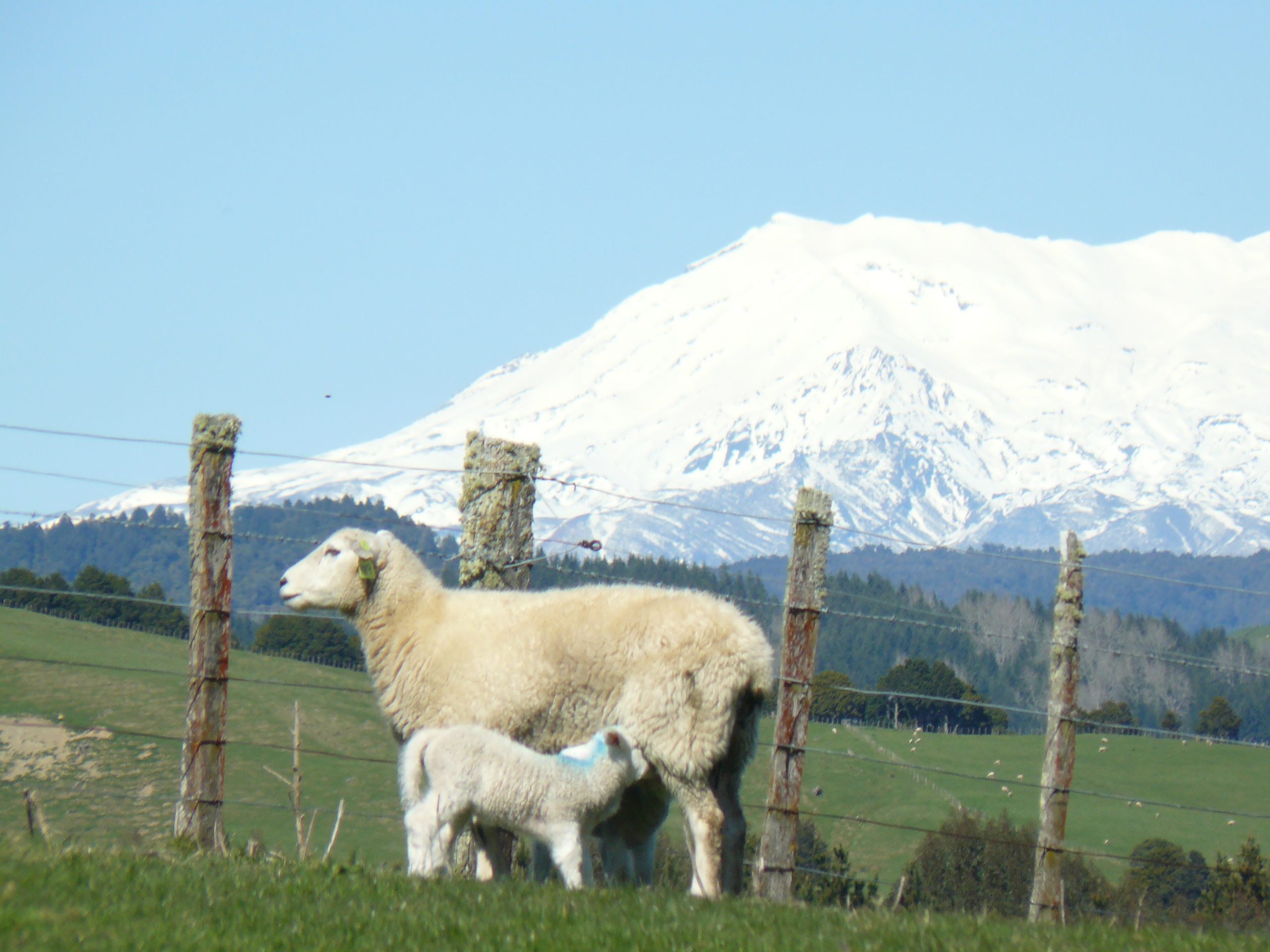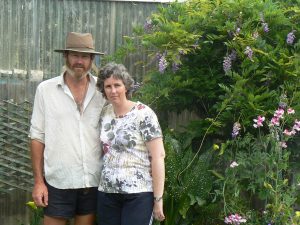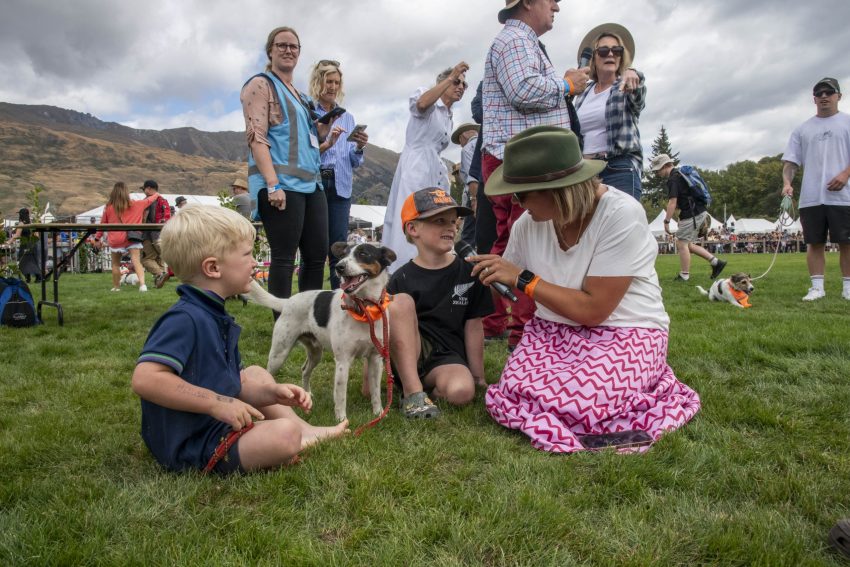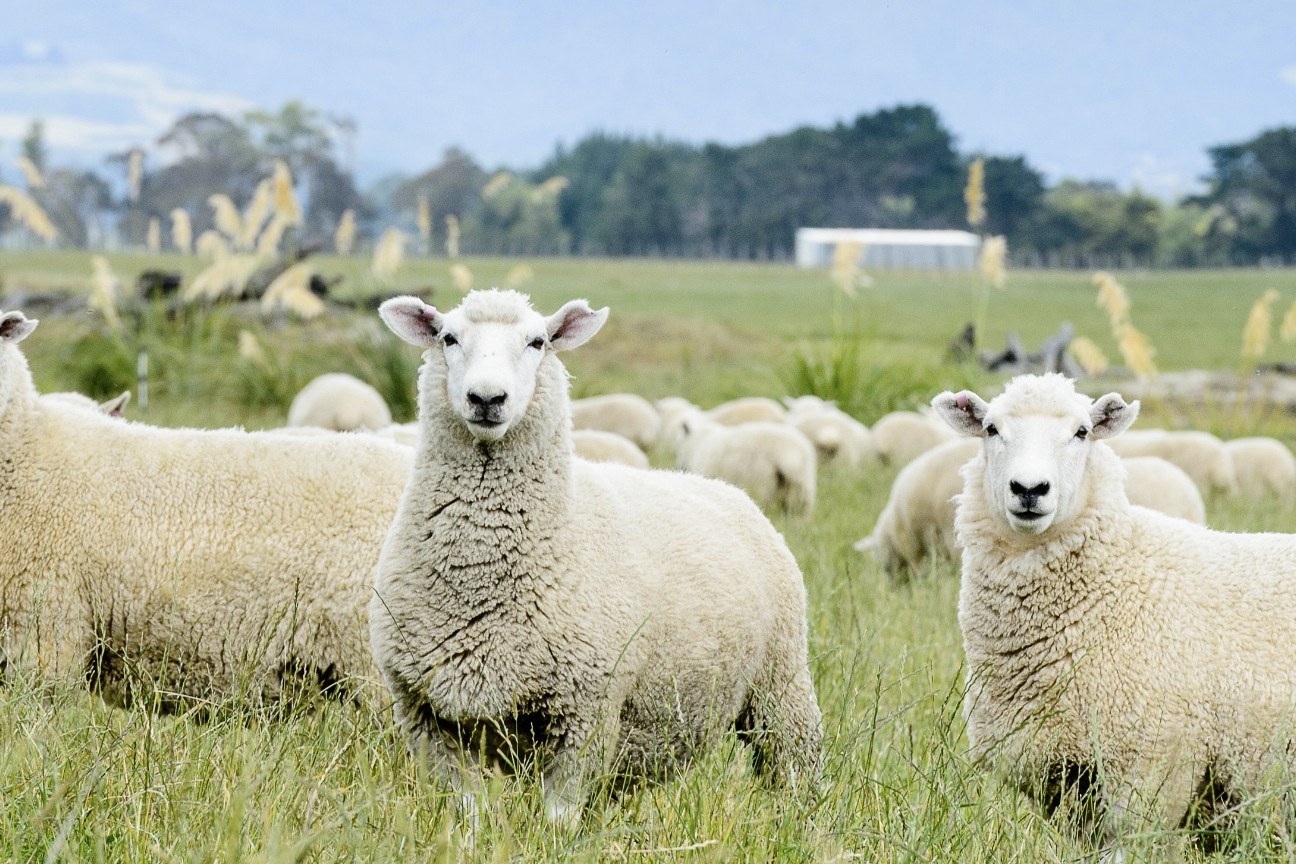Romani doubles down on robust genetics
The past few years has seen Ross and Ruth Richards work hard on diversifying from their proven Romani Coopworth genetics as they recognise shifts in their clients’ commercial needs. Words Richard Rennie.


After some intense, busy years building and broadening their sheep genetics business, the past year has been one of consolidation and focus for Ross and Ruth Richards at Romani Farms.
Their ability to be at the leading edge of sheep breeding trends is well known, with Ross and Ruth spending the past few years working hard on diversifying from their proven Romani Coopworth genetics as they recognise shifts in their clients’ commercial needs.
That has included not shying away from the reality of lower wool values, and taking the challenge head-on to breed robust self-shearing sheep, resulting in their. Romani RICHWILT, a shedding flock rapidly rising in numbers and popularity with commercial clients.
They have appreciated Ross and Ruth’s efforts to embed the traits of disease resistance, low maintenance and soundness that have earned them such a respected reputation with their Coopworth flock.
“So really this past year has been all about a continuation of this work, focusing on robustness, culling on teeth, feet and structural soundness,” says Ross. “Given the goals we have set for ourselves, it’s proving harder and harder to find animals requiring culling.”
But they have remained committed to continuing to raise the bar on what they expect from their flock, and this year teamed up with neXtgen Agri, a genetics advisory company to drill down further into soundness with some specific, demanding criteria.
“We gave all recorded stock a stringent examination and rated them on multiple different scores looking at foot shape and quality, teeth/jaw alignment and so on, and created breeding values on all those aspects for the flocks.”
The focus on structure and bone-related formations has proven highly effective, given the strong heritability of traits relating to those features.
“We know that some of the issues that can come up are not visible when the animal is young,” explains Ross. “Doing this means we identify those sire and dams where it could ultimately appear, and can cull progeny pre-emptively.”
Their culling rate for structural faults now sits at a relatively steady and low level, but Ross is not inclined to ease up as the flock’s genetics advance.
Those valued traits are also coming through well in the RICHWILT flock that has recently had Exlana genetics put into it. The same production parameters they have applied to the Coopworths apply to the RICHWILTs, including disease tolerance, FE resistance, soundness and constitution.
“And we are making good progress,” says Ross. “We had encouraging scoring results after scoring on the same aspects, namely feet, teeth and structure. The scientist we had helped us comment on how exceptionally sound their feet were.
“We have been picky on the quality of the ewes we bought, and really particular with sires used, figuring if you breed from faults, you will only breed more faults.”
Ross and Ruth are confident they are well on the path to having two of the soundest sheep flocks in the country. It comes as farmers around the country are often struggling with shedders proving unable to handle the country they are on, with feet and bone structure inevitably failing them.
Romani is a member of the Shedding Sheep Improvement Group that has 17 members nationally.
Meantime they are not intending to bring in any more breeds, remaining laser-focused on improving from the genetics they have, and ensuring there is no backsliding on facial eczema tolerance across the flock.
This year provided a salutatory lesson in how volatile facial eczema FEC spore counts can be, jumping from very low to over 1 million and back again within a few short weeks over late summer/autumn.
“It’s something that’s not going away, and with climate change is getting worse, so we remain committed to the work we’ve done to really get this flock as capable of handling those conditions as possible,” says Ross.
Their riparian work along 14km of waterways is now well complete, and they are embarking on a predator control programme to knock back the local pest population.
They also enjoyed the arrival of their first grandson this year. As a keen overseer of growth rates, Ross notes while he was lighter at birth, he has “grown like a mushroom” ever since.




